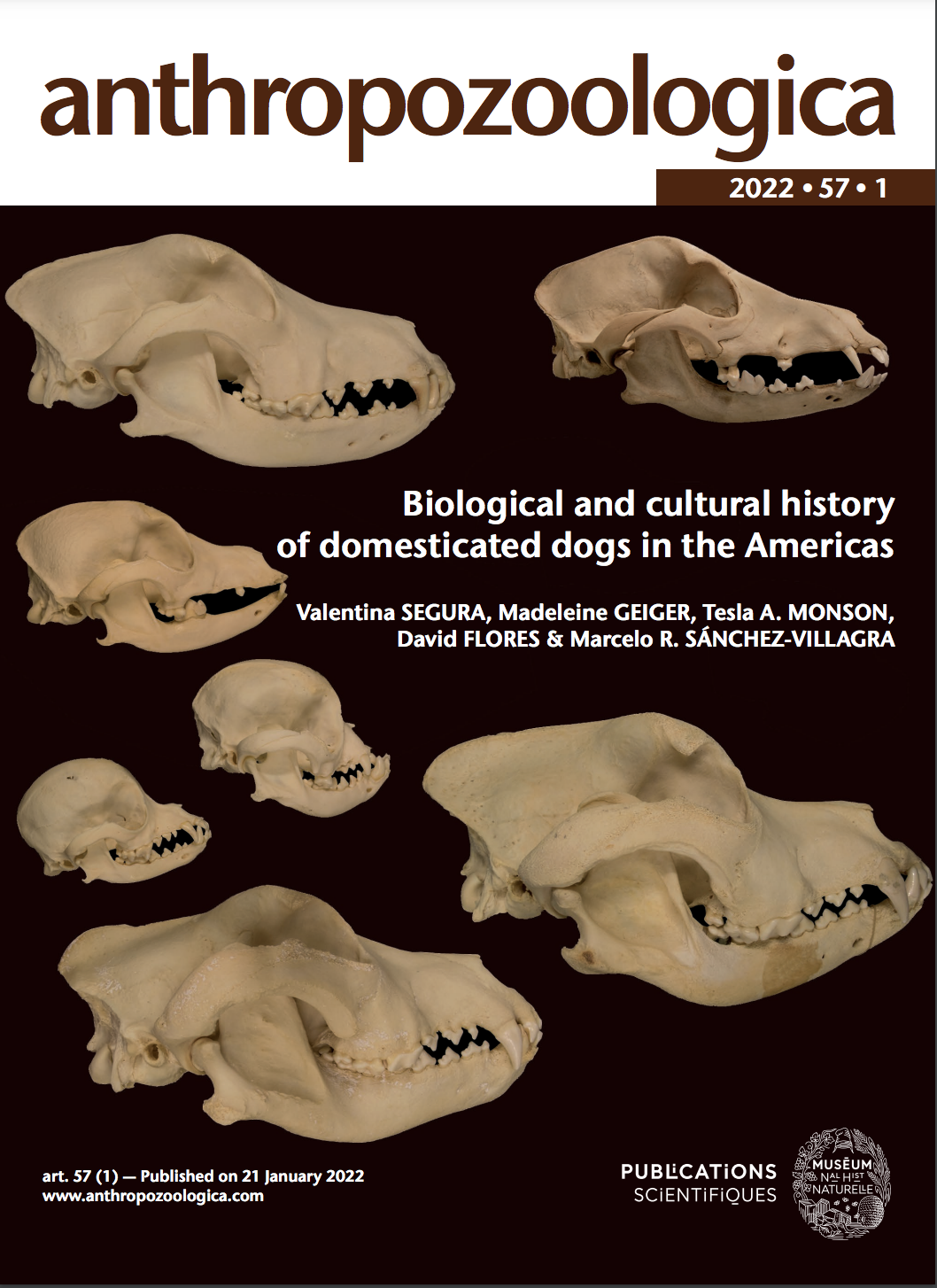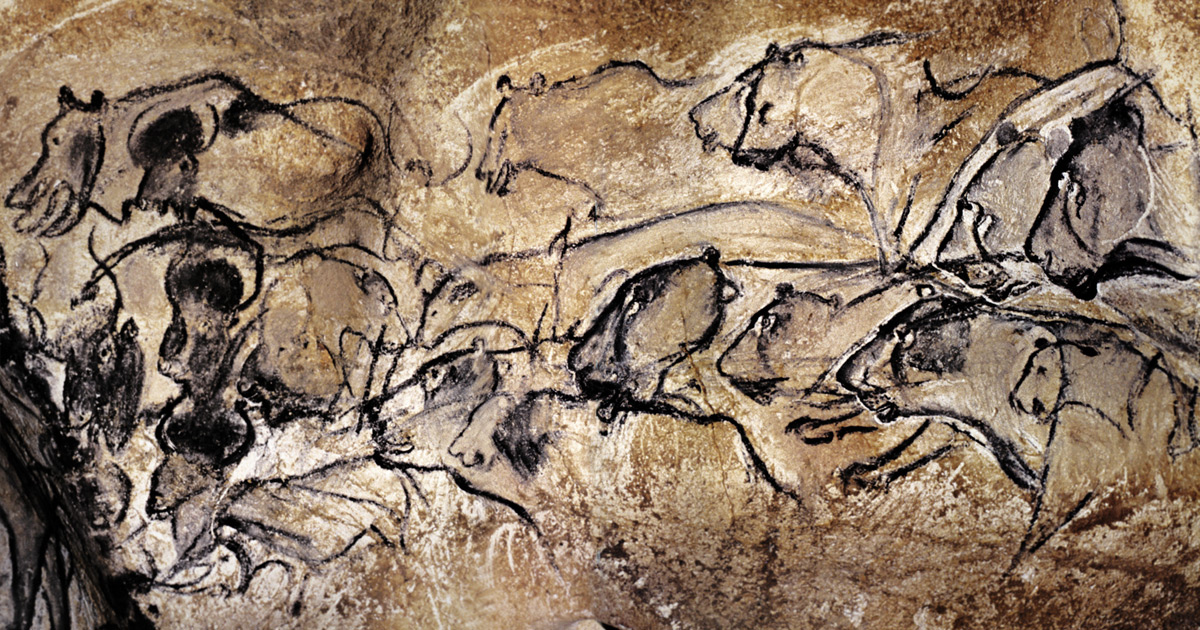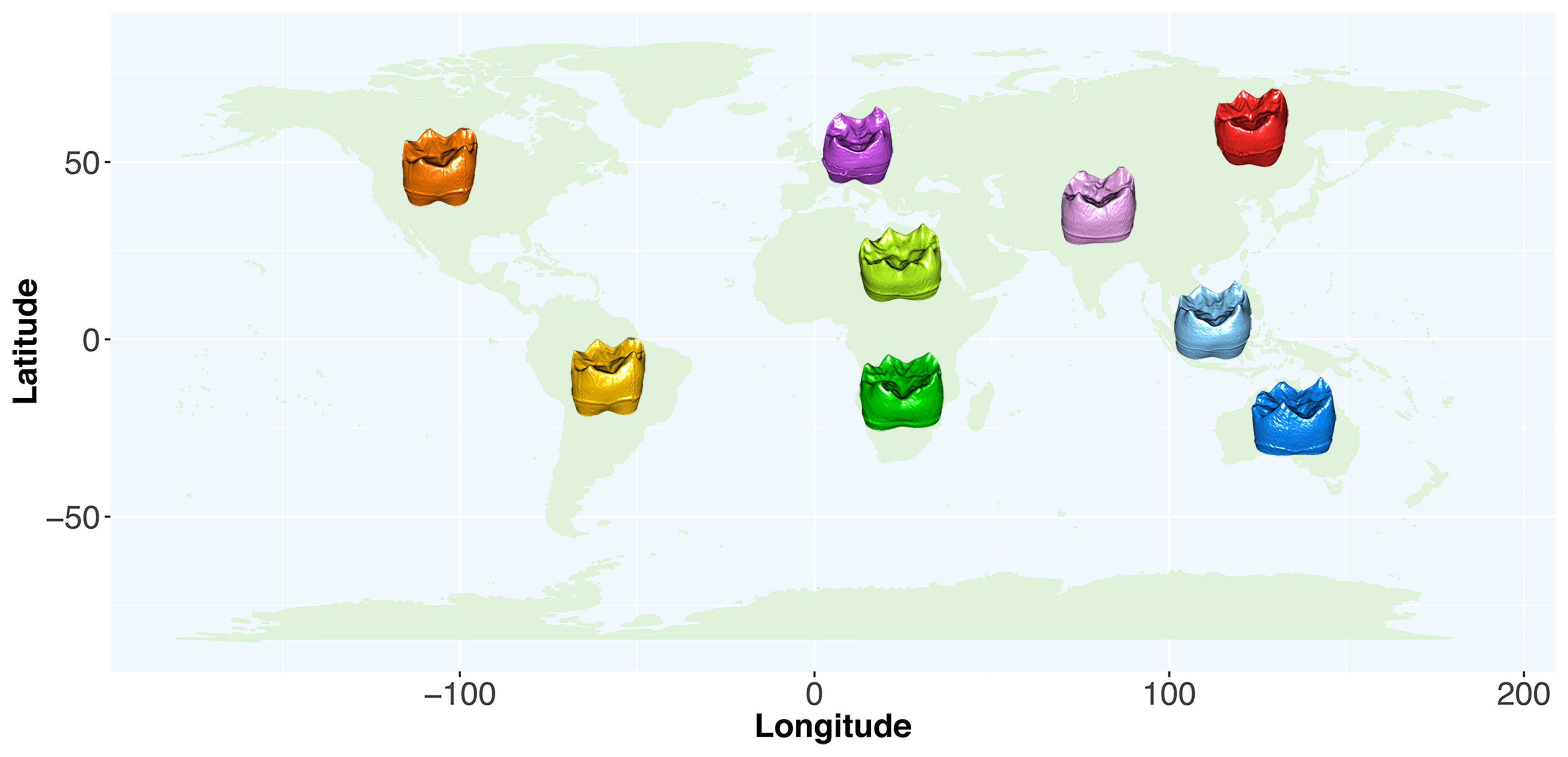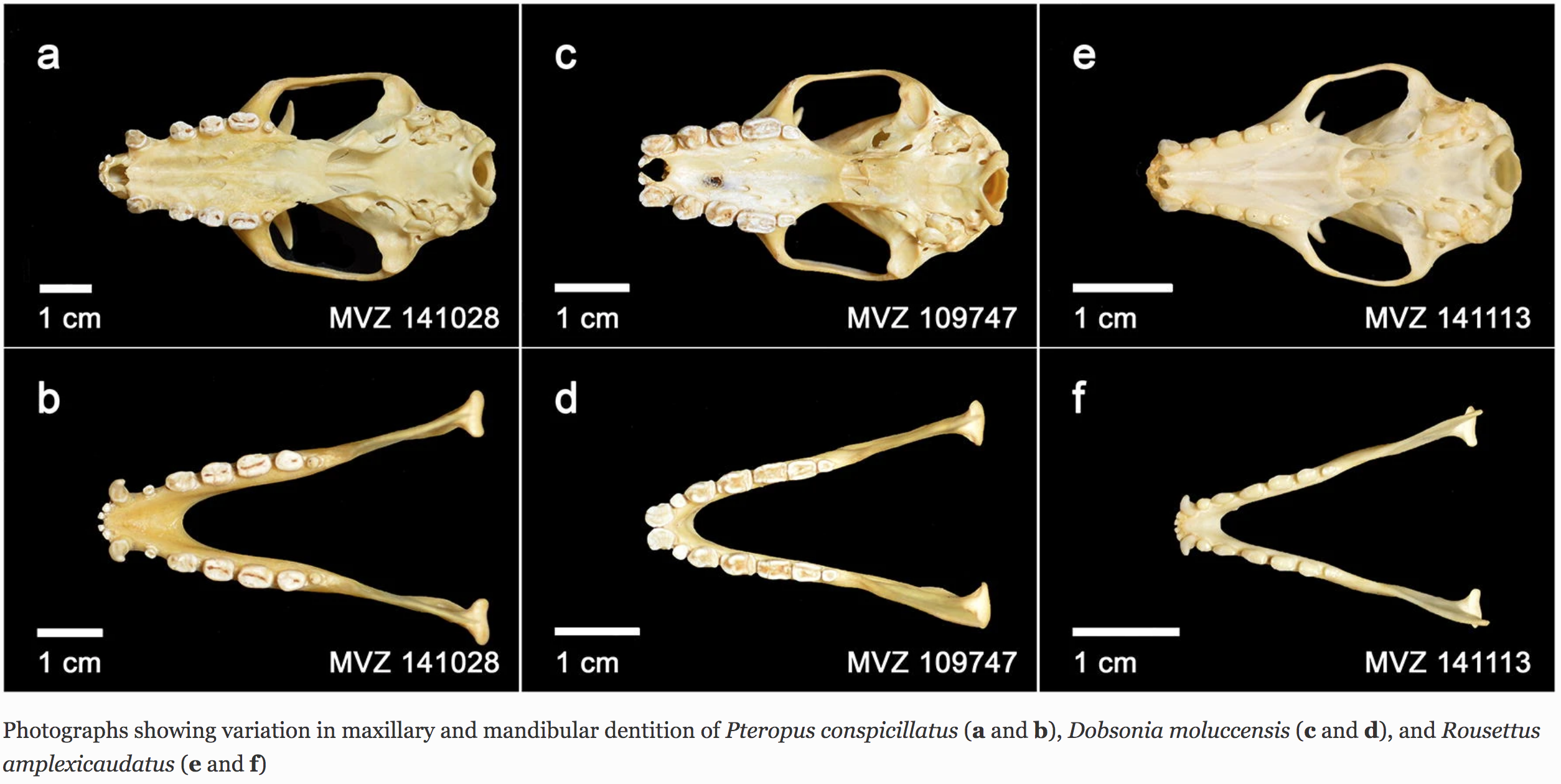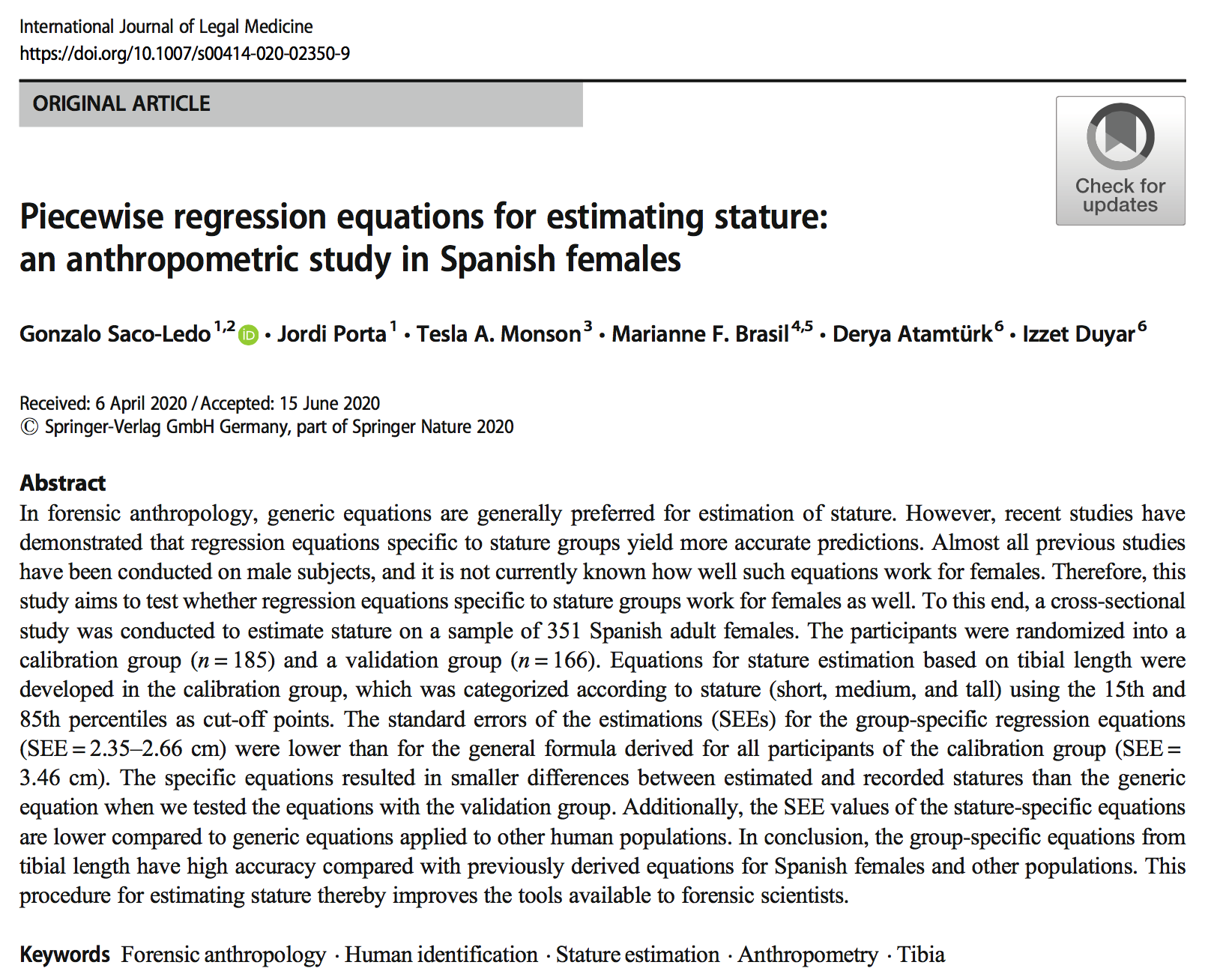Countless revisions later…it’s official! Our NSF grant has been funded!
This is a collaboration between the Primate Evolution Lab and new incoming assistant professor Dr. Marianne Brasil. We will be 3D scanning hundreds of primate skulls, and the grant offers paid positions for one postdoctoral scholar, one graduate student, and several undergraduates. We will also be hosting a public symposium on the evolution of vision (Integrative Human Evolution Symposium, IHES 2025). We can’t wait to get started on this new project!

ABSTRACT
Investigating variation in the primate skeleton advances understanding of the evolution of modern human biology. The skull is a particularly informative area of the body as it contains most of the primary sensory organs, the mouth, and the brain. Likewise, some of the most distinctive changes in human evolution, including increased brain size, reduced jaw length, and a reduced brow ridge, occurred in the skull. Hypotheses about brain size, climate, diet, social structure, and even communication, have been proposed to explain these evolutionary changes, but how and why they happened persist as key questions in human evolutionary studies. This study focuses on the brow ridge and circumorbital region of the face, which is linked to both the brain and vision. The dataset built by this project contributes significantly to evolutionary studies by providing the most detailed picture of extant primate cranial variation to date and making these data openly available through online digital repositories. The project supports early career researchers who are underrepresented minority scientists at a U.S. primarily undergraduate institution and creates opportunities for research and mentorship of students. Novel curricular frameworks developed through this project integrate evolutionary research into the classroom, providing active learning opportunities and training relevant for health sciences careers. These activities, combined with the mentorship and training of U.S. undergraduate researchers, a Masters student, and a postdoctoral scholar, directly contribute to the advancement of science education and the growth of a diverse scientific workforce.
This study pairs 3D morphometrics with phylogenetic comparative methods to test evolutionary hypotheses about the role of circumorbital morphology in shaping human cranial evolution. The project leverages 3D surface scans of the cranium for n=1700 extant haplorrhines and n=54 fossil hominids. These data are used to address three major aims: 1) characterize circumorbital morphology in hominids and other primates, 2) quantify levels of integration between circumorbital morphology and other skeletal structures of the cranium, and 3) assess the roles of body size and sex in shaping primate circumorbital morphology. By building on foundational morphometric studies in primates with functionally-informed hypotheses and new phylogenetic and evolvability methods, this project has the potential to transform theoretical frameworks and practical approaches to studying hominid cranial evolution.
This award reflects NSF’s statutory mission and has been deemed worthy of support through evaluation using the Foundation’s intellectual merit and broader impacts review criteria.



